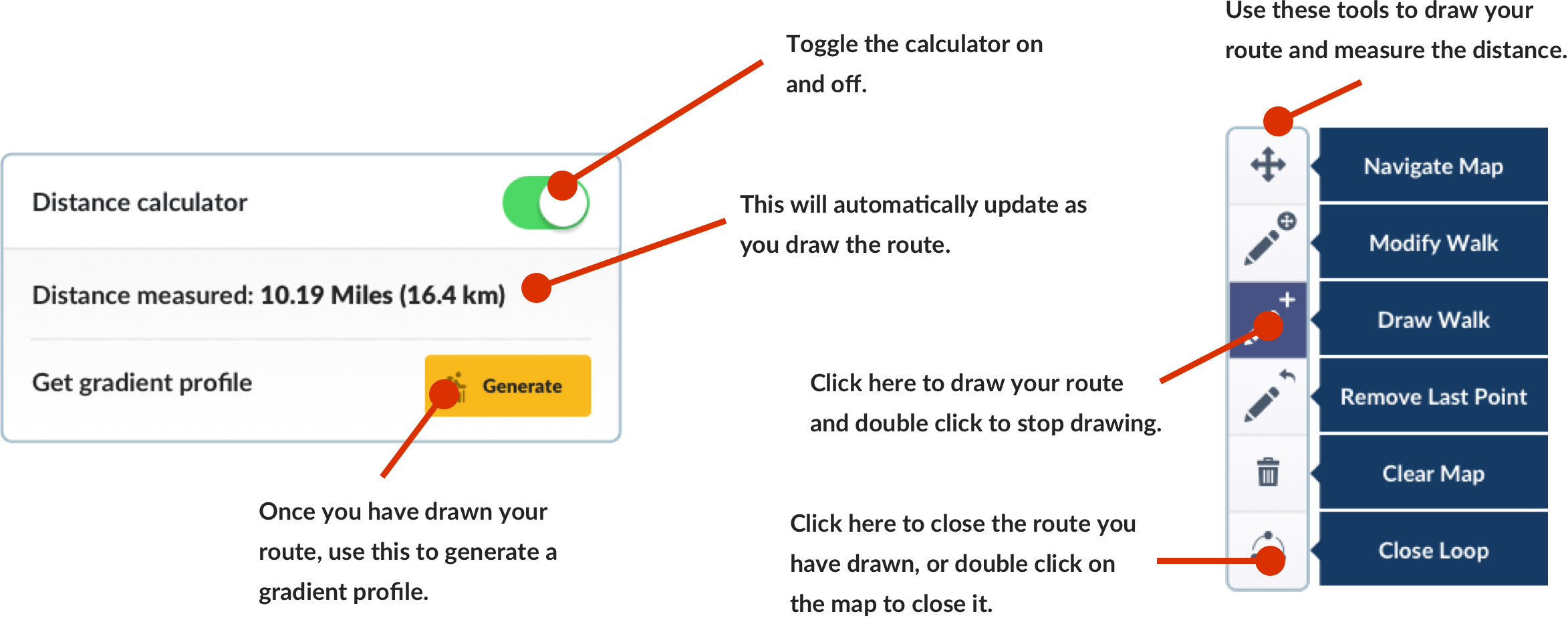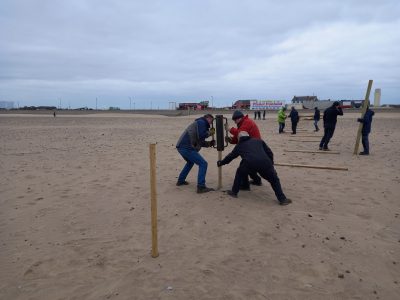Added to your Itinerary Planner below
Distance calculator
Map Filters

Customise your trip with our filters.
Map Filters

Toggle between the options below to show available markers.
General info Equestrian Info Cycling InfoAccommodation
Points of interest
Services
Routes
Accommodation
Points of interest
Transport
Accommodation
Points of interest
Transport
The custom route elevation is created when you use the distance calculator (above) to draw a line.
The custom route elevation is created when you use the distance calculator to draw a line.

Little terns, Sternula albifrons are one of the UK's rarest breeding birds and their numbers across Europe are still declining. Measuring only 21-25cm in length, and weighing the same as a tennis ball, they arrive on the UK coastline to breed in the sandy/shingle beaches during April/May having flown approximately 4,500 miles from the west coast of Africa.
In the UK 2,500 breeding pairs in the 1980s, were reduced to less than 2,000 pairs in 2000 and now current estimates are at about 1,500 pairs, which occur in about 70 breeding colonies.
Formerly nesting at Crimdon, the colony have relocated to Seaton Carew and now nest and breed directly in front of the main coastal promenade. This colony represents about 1.2% of the UK's breeding populations and a large area of beach is fenced to protect the nests which are guarded by a dedicated team of volunteers and a warden.
This colony formed part of a 5 year (Sept 2013- Aug 2018) nationwide conservation project the 'EU Life+ little tern recovery project', which key aim is to 'To lay the foundations for long- term recovery of the little tern Sternula Albifrons by securing robust breeding populations at key sites throughout the UK.
A low breeding success rate has lead to the little tern’s decline, through human disturbance, predation, insufficient food and tidal undulation.
Due to ongoing partnership working between organisations and the incredible dedication of the volunteer wardens, 2022 has been a successful breeding year for the Little Tern colony with 86 chicks successfully fledging and making their first return flight to West Africa.
When visiting this environmentally sensitive area during April till the end of August please follow the voluntary code of conduct issued by Durham Wildlife Trust in particular keeping all dogs on leads when passing near the fence area on the beach. This is particularly important in the months July and August as young chicks start to venture outside the fenced area to the shore line to feed. Please also stop and chat with one of the friendly volunteer wardens to learn more about these wonderful sea birds.


